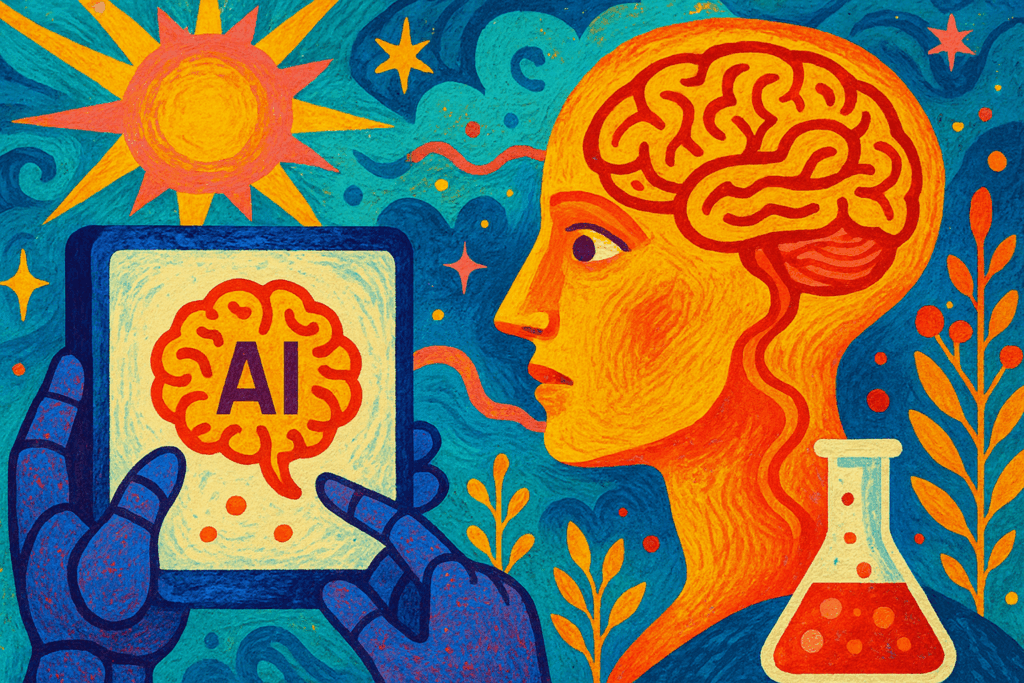The Growing Need for Advanced Osteoporosis Diagnosis
Osteoporosis is a widespread bone disease characterized by decreased bone density and increased fracture risk. Affecting millions globally, it often remains underdiagnosed due to the limitations of traditional methods such as bone mineral density (BMD) scans. These conventional diagnostics sometimes fail to detect subtle changes or accurately predict fractures, leading to delayed intervention and increased healthcare burden.
How AI Transforms Detection and Risk Assessment
Artificial intelligence offers promising advancements in osteoporosis diagnosis by leveraging machine learning algorithms to analyze vast amounts of imaging and clinical data. AI can identify subtle markers in bone structure that are often missed by human assessment, enabling earlier and more accurate detection. Additionally, AI models improve fracture risk prediction by integrating diverse patient information beyond BMD scores, such as age, lifestyle, and genetic factors, allowing for a comprehensive evaluation of bone health.
Addressing AI’s Challenges in Bone Health
Despite these benefits, several challenges remain before AI can be widely adopted in osteoporosis care. Data diversity is a significant concern, as AI systems require large, representative datasets to function effectively across populations. Clinical validation is essential to confirm AI’s reliability and safety in real-world settings. Moreover, ethical and privacy issues related to patient data must be carefully managed to ensure trust and compliance with healthcare regulations. Finally, the interpretability of AI models is important for clinicians to understand and confidently use AI-generated insights in diagnosis and treatment planning.
The Future of Personalized Osteoporosis Care
Looking ahead, AI has the potential to reshape osteoporosis management by supporting personalized approaches tailored to individual risk profiles. As AI algorithms become more sophisticated and integrated with patient data, they may guide preventive strategies and treatment choices with higher precision. This evolution promises to improve outcomes by enabling earlier intervention and customized care plans, ultimately reducing fracture rates and enhancing quality of life for those affected by osteoporosis.




